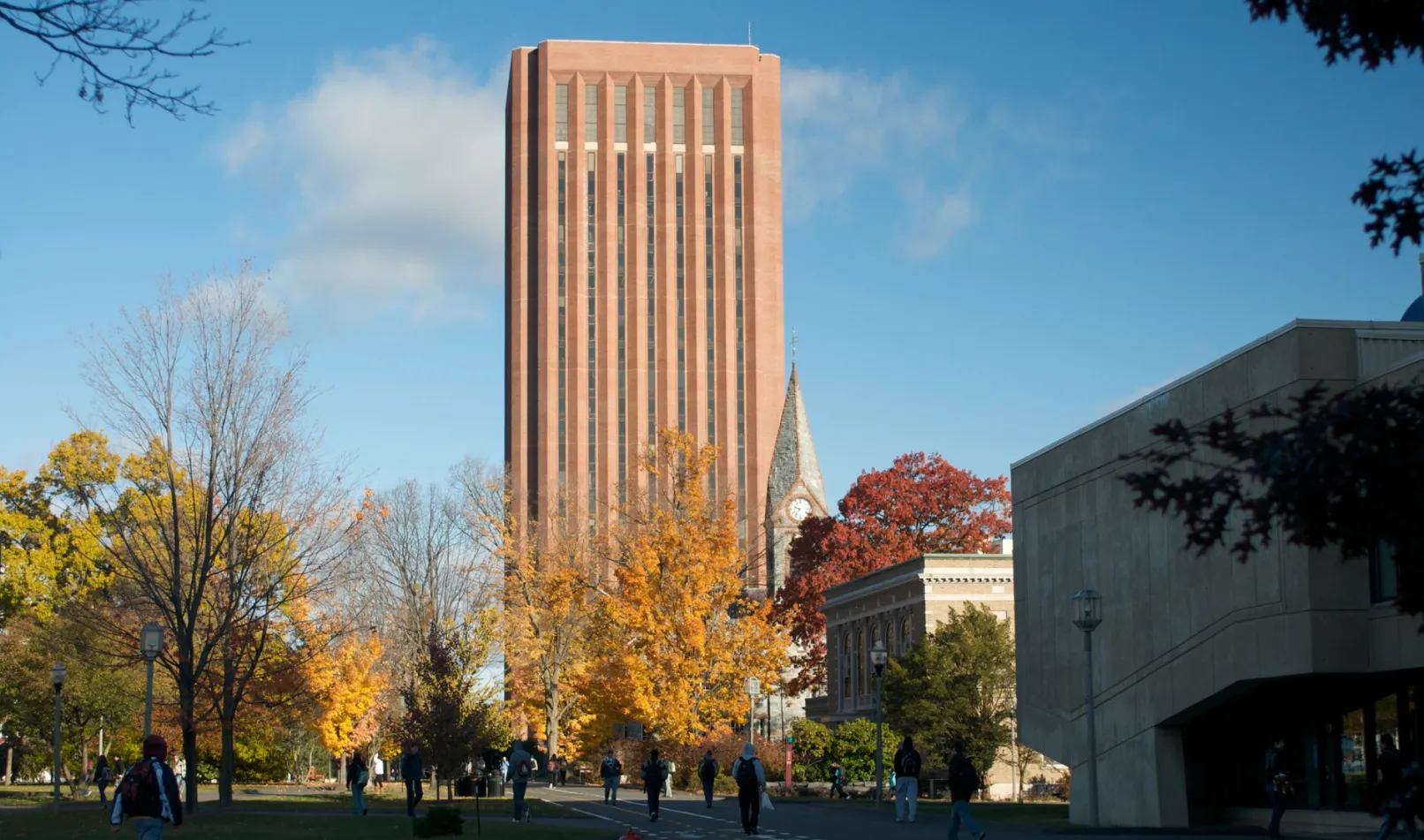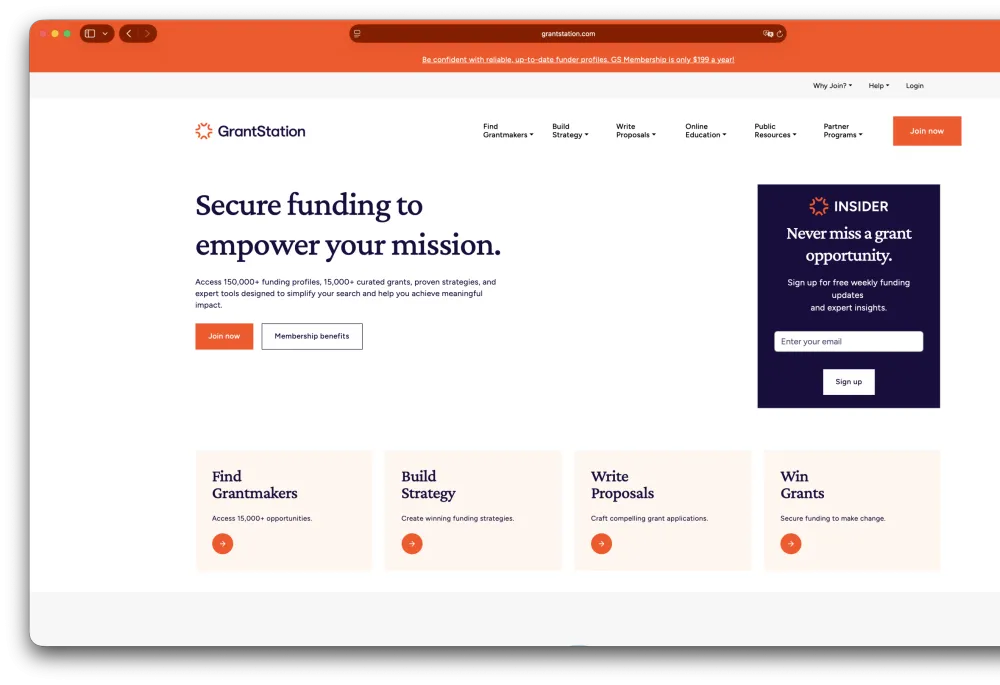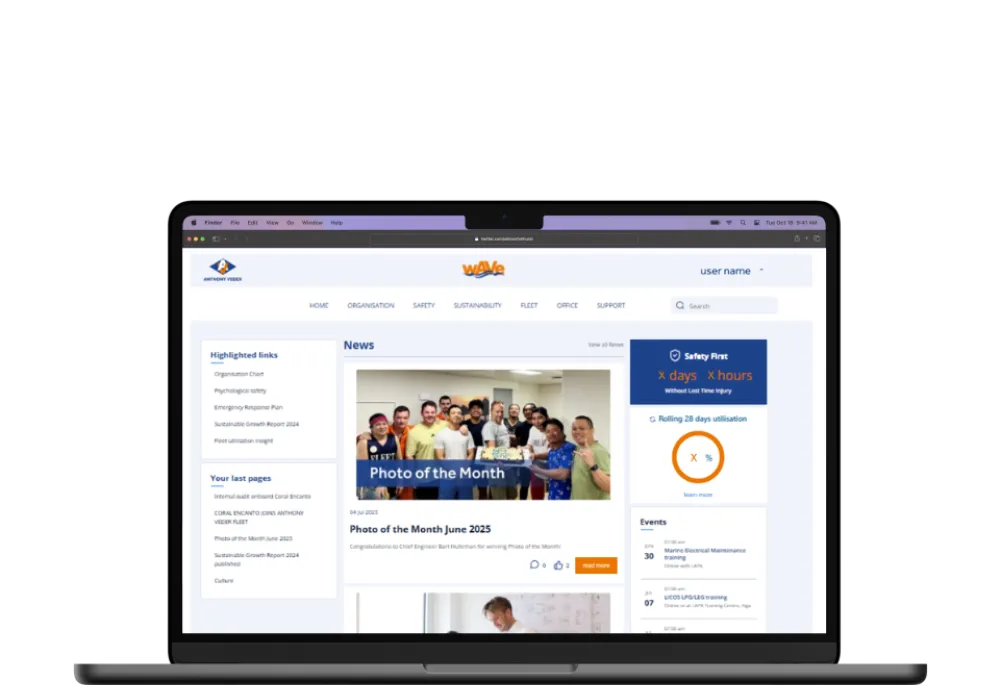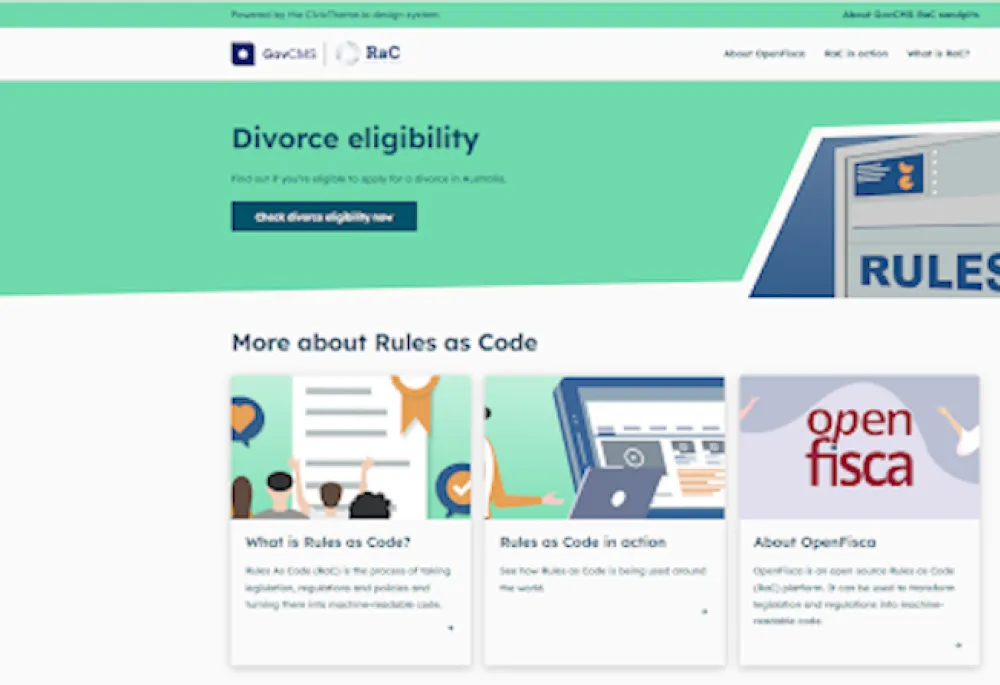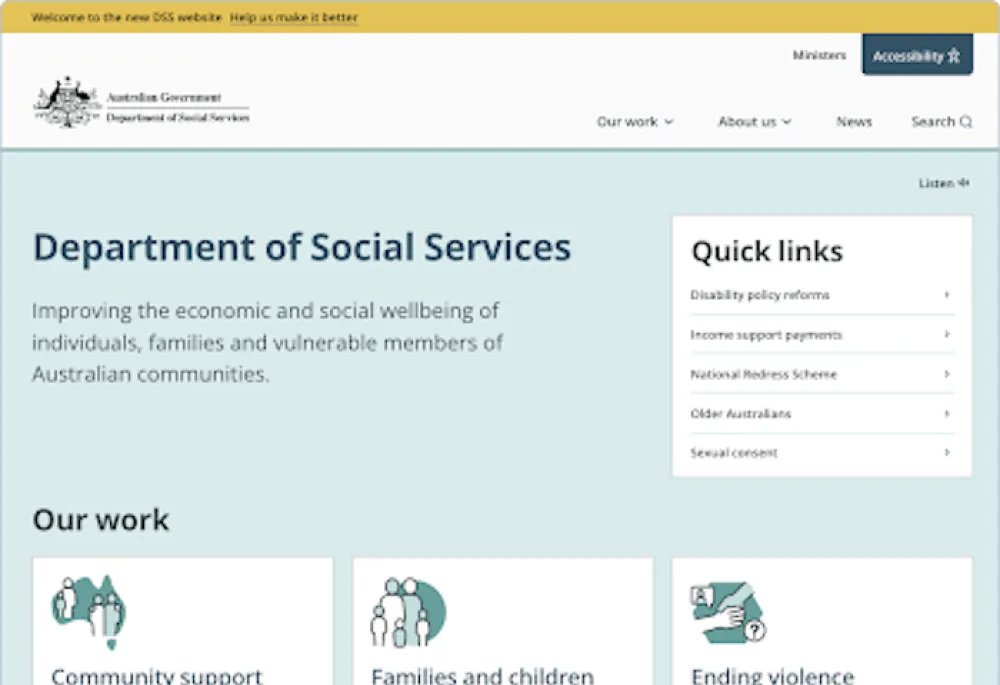The University of Massachusetts (UMass) Amherst wanted more brand consistency, centralizing hosting and maintenance, and decreasing the reliance on one-off bespoke websites for every school, college, and unit. Above all, they wanted these websites to increase student enrollment.
We helped UMass Amherst plan and implement a flexible, easy-to-use Drupal ecosystem. New websites can be launched quickly with built-in features and structure, and they can be customized for the needs of a school, college, or administrative unit. All have guardrails to keep the design consistent and maintain accessibility standards.
We conducted 30+ interviews with stakeholders from various departments, including schools, admissions, marketing, and IT. Combining these insights with content audits and data model studies, we prioritized prospective students, guiding them to apply, schedule tours, or learn more. This strategy:
- Highlights UMass as a center for rigorous academics and world-class research in a diverse, inclusive community of intellectual leadership.
- Supports different user journeys for various prospective types of students.
- Establishes an "ecosystem" that simplifies website creation and website maintenance for schools, colleges, and units.
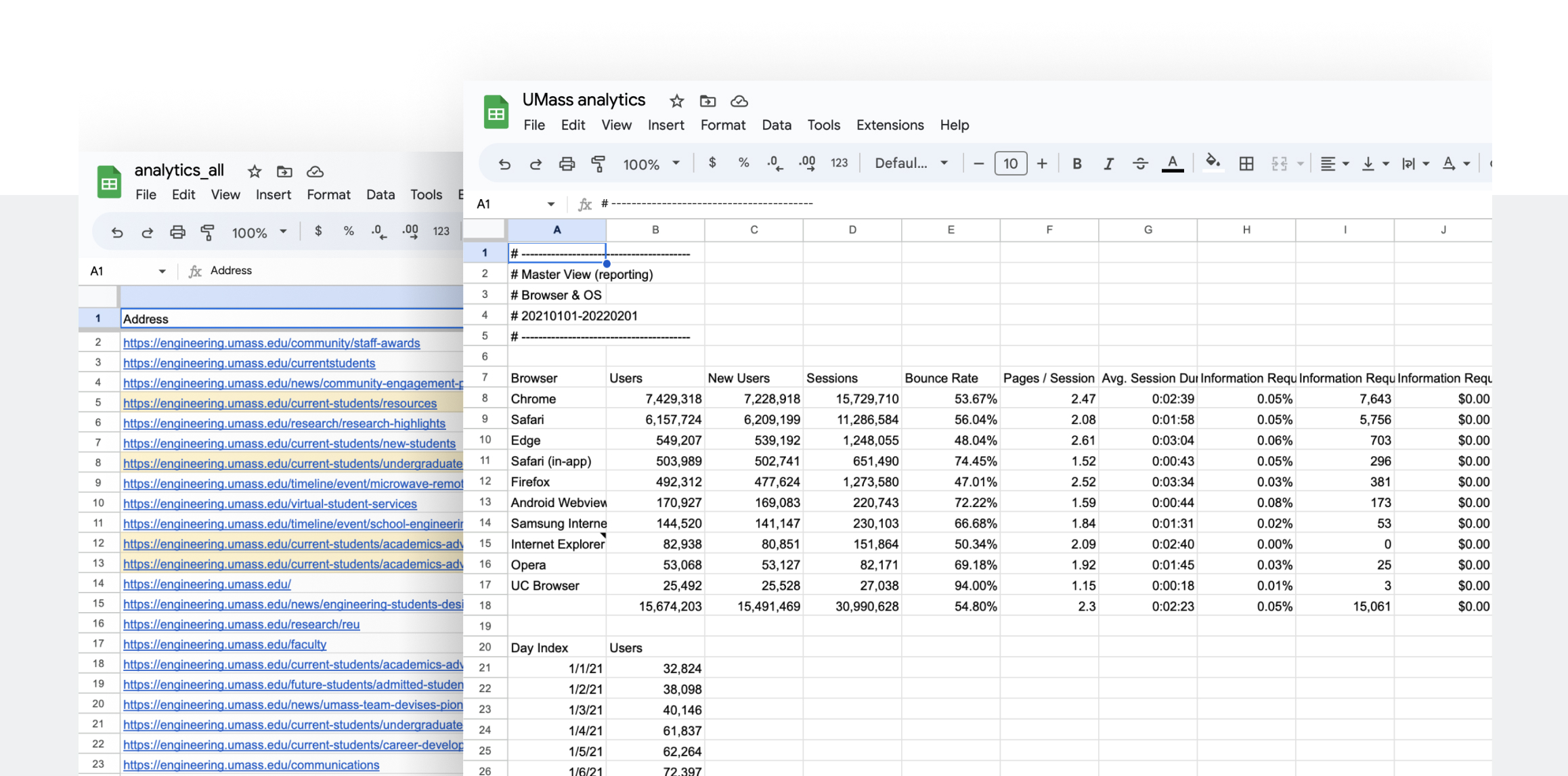
Flexible websites that remain beautiful and consistent
UMass consists of over a dozen major schools, colleges, and administration groups for which they needed a platform to support different needs and sizes. For example, we were challenged with finding a solution for the College of Natural Sciences, which has fifteen departments, while scaling to fit a smaller school like Nursing. Non-academic organizations also had to be accommodated. Additionally, the platform had to be easy enough for an inexperienced, one-person team to manage but also give larger, expert teams extra control and flexibility.
The new design system and editorial tools allow editors to manage their content, whether that’s a little or a lot. There are sensible defaults out-of-the-box, and every new site comes with preset homepage options, automated generation of sub-navigation, multiple layouts, and landing pages with a suite of components that can be placed and rearranged.
And even with this freedom, websites on the platform maintain consistent branding and navigation while adhering to strict accessibility standards.

Future-proofing the platform with training and governance
UMass has website teams of various sizes and levels of technical editorial skills. To ensure a smooth transition to the new centralized platform, we created training resources that bring editors up to speed on managing and creating content.
We also developed a governance “toolkit” to give UMass a foundation for establishing roles and responsibilities and maintaining standards. Each team takes accountability for its adherence to content guidelines and best practices. With our recommendations and guidance, each website supports the central mission of UMass and sets teams up to maintain a culture of web excellence far into the future.
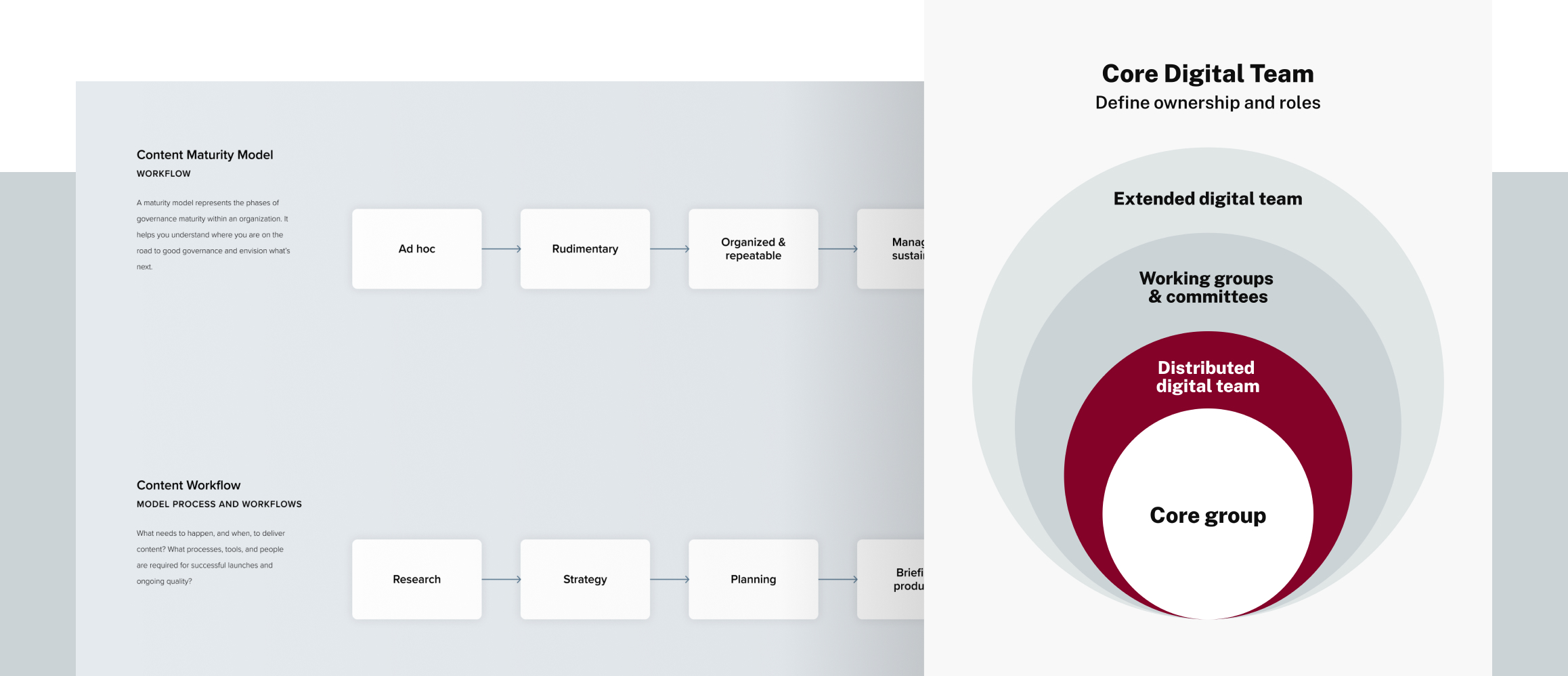
Gaining buy-in for a centralized ecosystem
Gaining buy-in from many stakeholders across different schools and departments required early and frequent communication of strategic priorities and processes. Most were excited about moving to a centralized platform, but there was some resistance from others who felt they’d lose the freedom and autonomy they’d become accustomed to.
A gradual rollout allowed everyone to assess, adjust, and iterate based on feedback. We worked closely with the UMass teams to create, organize, and manage the content for the first three websites. For the remaining rollouts, we gradually transitioned more responsibility to the UMass team, giving them the tools required to implement the platform for the rest of the university.

The results
The new ecosystem helped UMass better reach its target audiences. Schools and colleges can deliver more information their users expect and do it more efficiently.
The number of users visiting the College of Humanities and Fine Arts website more than doubled, and this trickled to subsidiary sites that saw their traffic increase by 10%. In addition, the Graduate School website experienced a 17% growth in overall traffic.
Back to topIt's content modeling capabilities and flexibility for creating authoring experiences.

Technical Specifications
Drupal version:
Key modules/theme/distribution used:
We used Paragraphs to match the editors' preferences and to make a future transition to content moderation easier. Out of the box, Paragraphs is a "revision-safe" solution for placing non-reusable components on a page. Changes to the component should follow the parent and not "leak" to the published page before the new parent revision is also published.
Regular Entity Reference fields only maintain a reference to the default revision (technically the entity ID, no revision ID at all), and thus, the component changes "leak" to the published parent as soon they are saved.
